Telegraph readers on the end of homeschooling: 'It's been a full-time job'
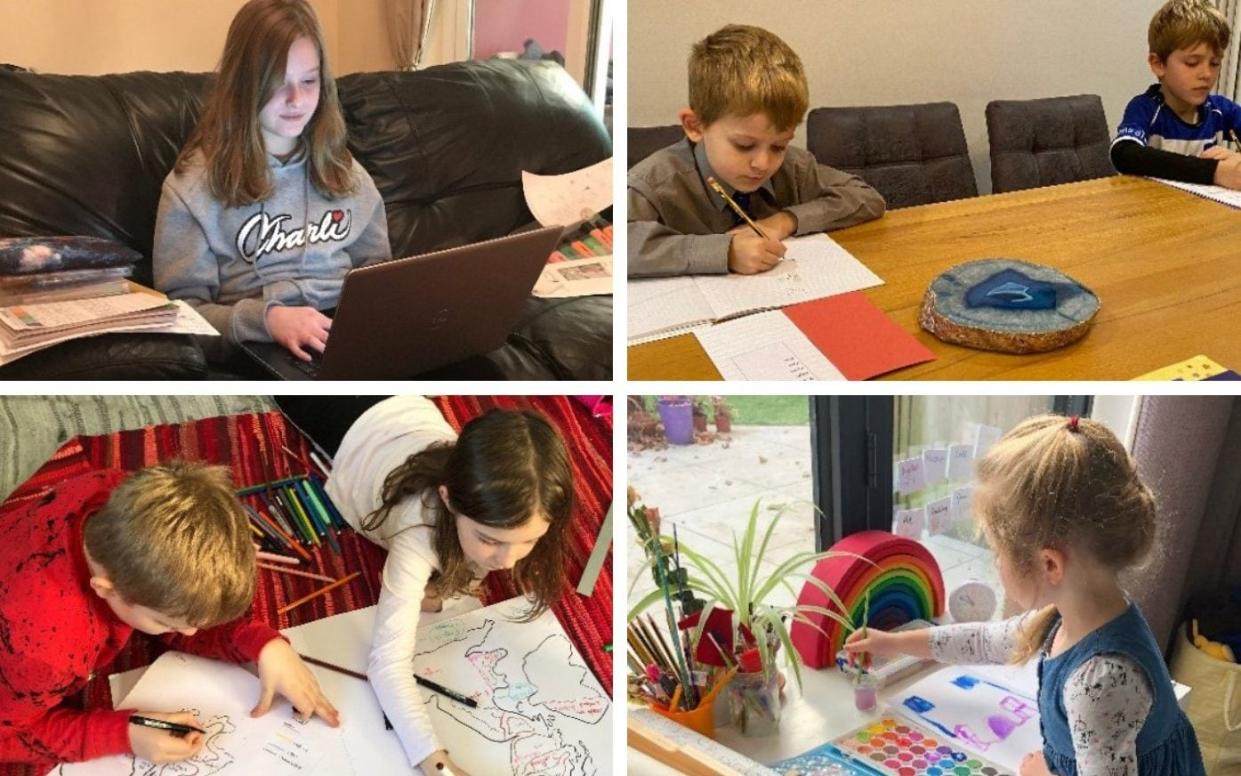
On Monday March 8, the gates to England’s schools will be thrown open once again after weeks of homeschooling. For Britain’s schoolchildren, learning from home has become something of the norm over the past 12 months after spending two lockdowns huddled over iPads, laptops and makeshift school books.
For parents, Monday will bring respite, but far less contact with their children. To mark the end of homeschooling, we asked Telegraph readers how they have navigated the minefield of learning from home.
Will you miss the valuable time that you’ve spent with your children? Or will you rejoice knowing that you can now forget about Pythagoras, subordinate clauses and photosynthesis?
Read on for our readers' stories and share your own experience in the comments section at the bottom of this article.
'It was difficult for my children to take their learning seriously'
Sasha Stringer, who has an 11-year-old in Year 7 and a nine-year-old in Year 4:
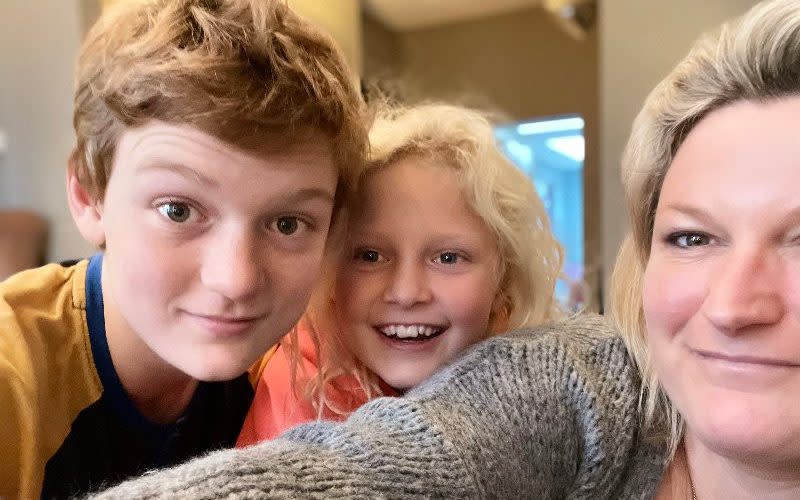
Both of my children are at private school. Both were given online support, however, for my Year 7 child this was throughout the day while for my child in primary school it was two hours a day.
Homeschooling during the second lockdown was more difficult as the daylight hours were shorter. We did much more outdoor exercise during the first lockdown and didn’t have as much screen time after school.
It was also more difficult for my children to take their learning seriously during the third lockdown. They were not as focused, while I was trying to make sure their mental health was a priority.
'It was overwhelming, despite how organised I tried to be'
Emily Baker, who has an eight-year-old in Year 3 and a five-year-old in Year 1:
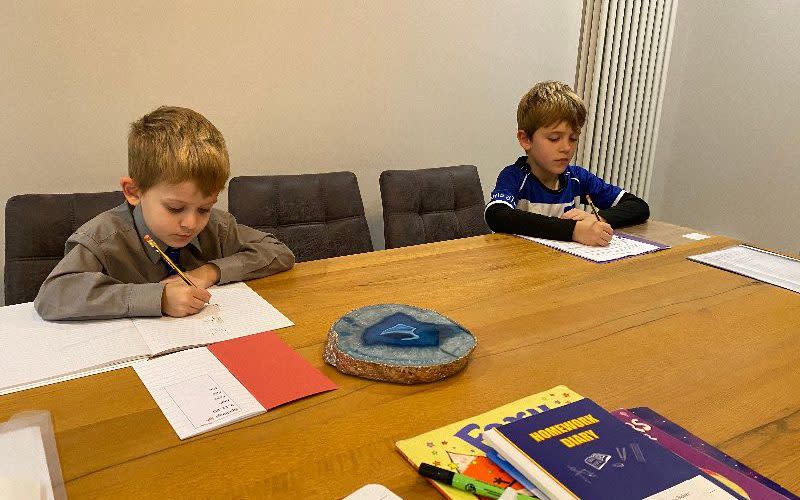
My children’s school provided extra sessions for my youngest son, who was in a small group of four, as well as a one-to-one session once a week. During the second lockdown there were also more live lessons, as well as more structure to the school day.
I tried to be as organised as possible and have everything printed out in order to read the outline of each lesson prior to starting it. However, it was overwhelming, despite how organised I tried to be. The schools upped their game, which was fantastic, but that came with more stress trying to juggle two children at once, both on live sessions, who needed me to oversee them.
'It was devastating to feel like I was letting my children down'
Kristin McGregor, who has nine-year-old twins in Year 5:
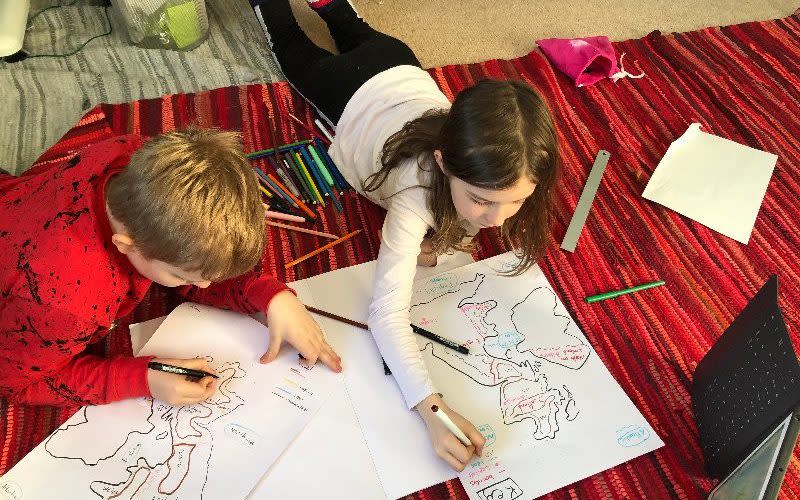
We moved from a private international school to a British state school between the lockdowns and the approach to homeschooling was vastly different. Both schools provided suitable work, but the execution, funding and expectations of both parties, school and parents, was vastly different.
The international school could facilitate a high standard of homeschooling quickly as they had the means, and knew students had the equipment to do so. The state school produced good work and the teachers worked tremendously hard, but, through no fault of their own, they didn’t have the facilities and support to adapt as efficiently to online learning. This was especially the case as they still had many students in the classroom.
The difference between the first and second lockdown was that we knew more or less what to expect the second time around. Was the effort level the same as being in school? No, of course not, but we tried our best in a very difficult situation and that’s all anyone can expect.
I am a teacher and was working full-time teaching while facilitating homeschooling. I was a lot stricter about their schedule during the second lockdown. However, I felt so guilty about not being able to help my children because I was busy helping my own students that I stopped working. It was devastating to feel like I was letting my children down.
No longer working full-time, I was then able to focus my attention solely on my children’s studies. It was a full-time job, especially as I expected them to produce half decent work and to actually learn something. In my experience, little supervision unfortunately equalled little learning.
'My daughter really missed seeing her friends'
Heather Mutch, who has a four-year-old in Reception:
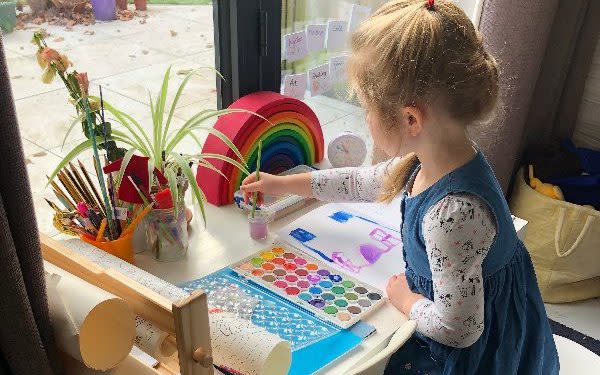
During the first lockdown my daughter was at preschool, and we were sent a couple of daily suggested activities to do, which was fairly low pressure.
Since the second lockdown she started primary school and the homeschooling effort felt much more full on and was certainly a lot more work for both of us.
We had a weekly 17 to 18 page document that told us what we should do each day, with links to online maths lessons from White Rose Maths and an online bookshelf at Oxford Owl, as well as two daily Zoom calls with her teacher and the rest of the class. My daughter didn’t particularly enjoy these Zoom calls, she was much happier being in control of her own learning.
I was very conscious not to try to recreate school at home as I wanted this to be a fun and organic experience for both of us, especially as there seemed to be no solid end in sight. I let her choose her own activities, which included baking, painting, board games and playing outside. My daughter is on the cusp of learning to read and write and it felt like such an important time in her education. I wanted to instil the same love of learning in her that I was lucky enough to get.
I’m a freelance graphic designer and my work almost completely dried up through the various lockdowns. With homeschooling, I couldn’t spend much time finding, let alone doing, new work.
Overall, my daughter really missed seeing her friends. The tiny squares on the Zoom screen weren’t really a meaningful substitute.
'I felt like I was the only person who valued the importance of their education'
Helen Knight, who has a four-year old in Reception, a seven-year old in Year 3 and an eight-year-old in Year 4:
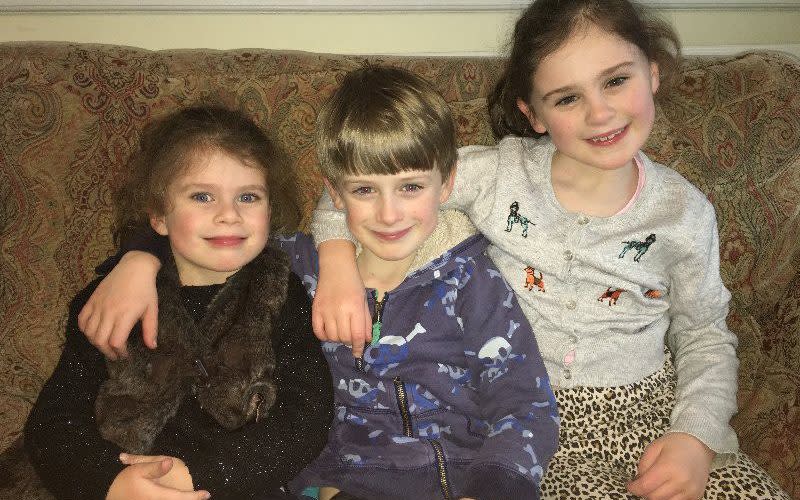
My children are now all at an independent school. In September, I asked their old state primary school what provisions they would put in place for the second lockdown. We all knew it was coming. I was told by the headmistress that they had no special plans for a second lockdown. I felt like I was the only person involved who valued the importance of my children's education.
It was clear to all that my eldest two had fallen behind so we made the decision to sacrifice a much-needed house extension to put our children through private education.
By Christmas, most of the damage had been undone, but only through the exacting high standards their new school expected and the work ethic they instilled in my children.
During the first lockdown, we received only Twinkl worksheets and White Rose Maths lessons. The teachers at the state primary school did not want to see any work submitted and contacted the children only once during the entire time. Other state schools locally were offering live lessons. It was impossible to motivate my children. They did not want to work. It felt like a battle and there were a lot of arguments.
After changing schools, my children had live lessons in maths and English everyday, and the teachers were always on hand to help and go through the work live if there were children who needed support.
All other lessons were recorded but the children could message the teachers live on Teams and got a near enough instant reply. There were live science lessons once a week, and live assemblies and PE sessions. Merits were still being handed out and children were praised by teachers and the head of school. The school also encouraged the children to get outside and play and put the screens down when they’d finished their work.
I am so utterly grateful that my children, on the whole, wanted to learn and keep up the exacting standards expected of them in their new school. My eldest tells me she was much happier knowing the teachers were there to help her this time around. We may have to live in a house too small for us, and forgo holidays, but I don't think you can sacrifice your childrens’ education if you have the means to make a sacrifice elsewhere.
It's a travesty that some state schools turned their backs on pupils’ education. When we transferred our children to their new independent school, we told them how important this change was and that they needed to appreciate the importance of education. Now my children understand that they need to learn to succeed in life.
'My daughter’s teachers have been very proactive'
Stu Johnson, who has a daughter in Year 7:
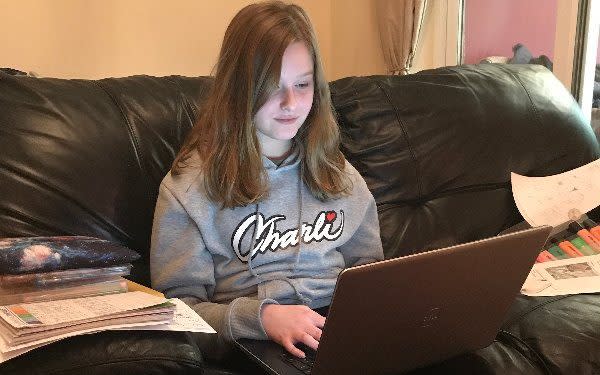
My daughter’s school provided a full timetable on Google Classroom which meant she followed her normal school timetable. Her teachers were available for messages and calls if needed. They have been very proactive, keeping us well-informed and offering tech support if needed.
My approach to homeschooling was the same as during the first lockdown, when my daughter was still in primary school. We got dressed and logged in by 9 a.m. then completed school work as though it was a school day, taking breaks and lunch as normal. Sometimes we finished later than school would normally finish, however.

